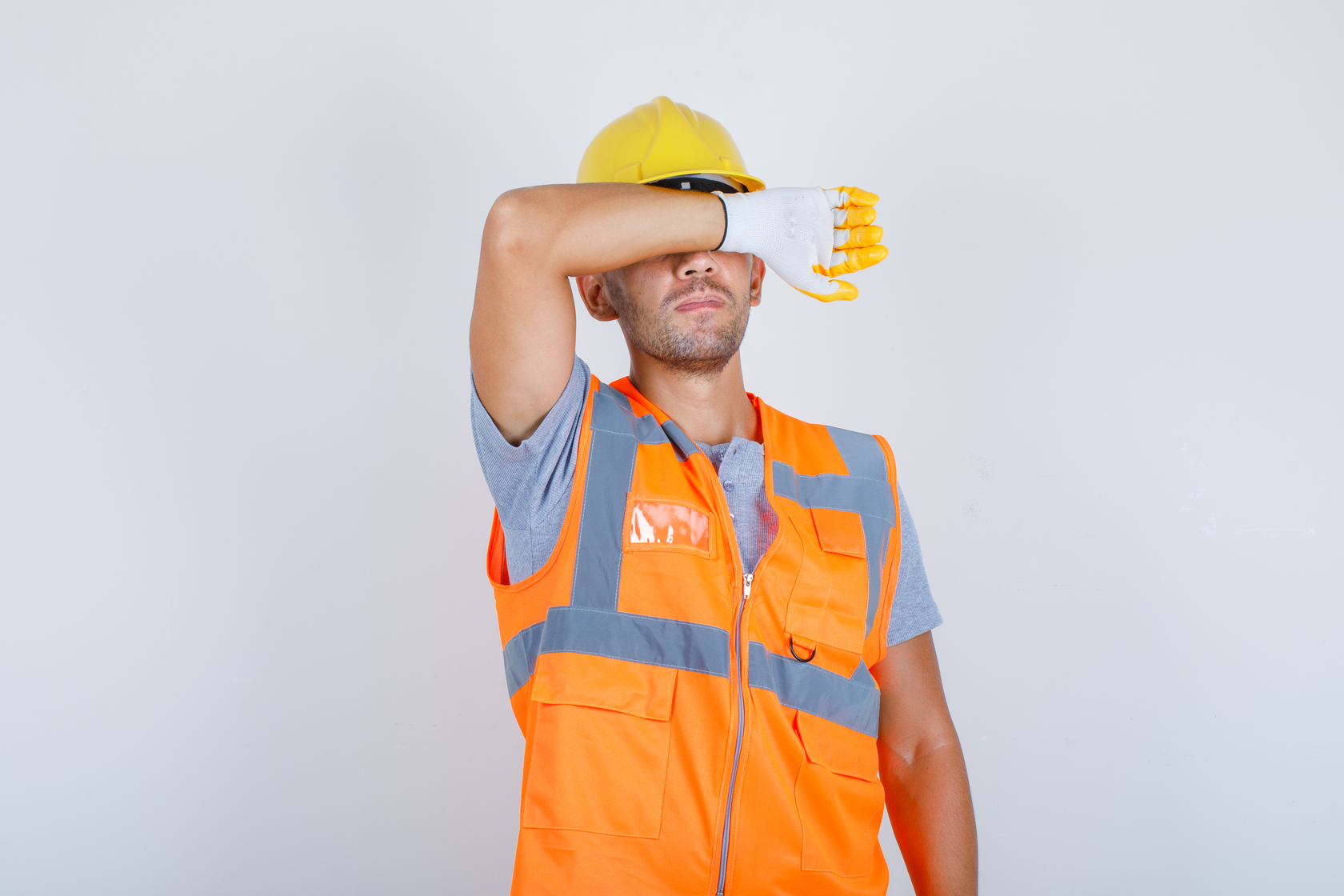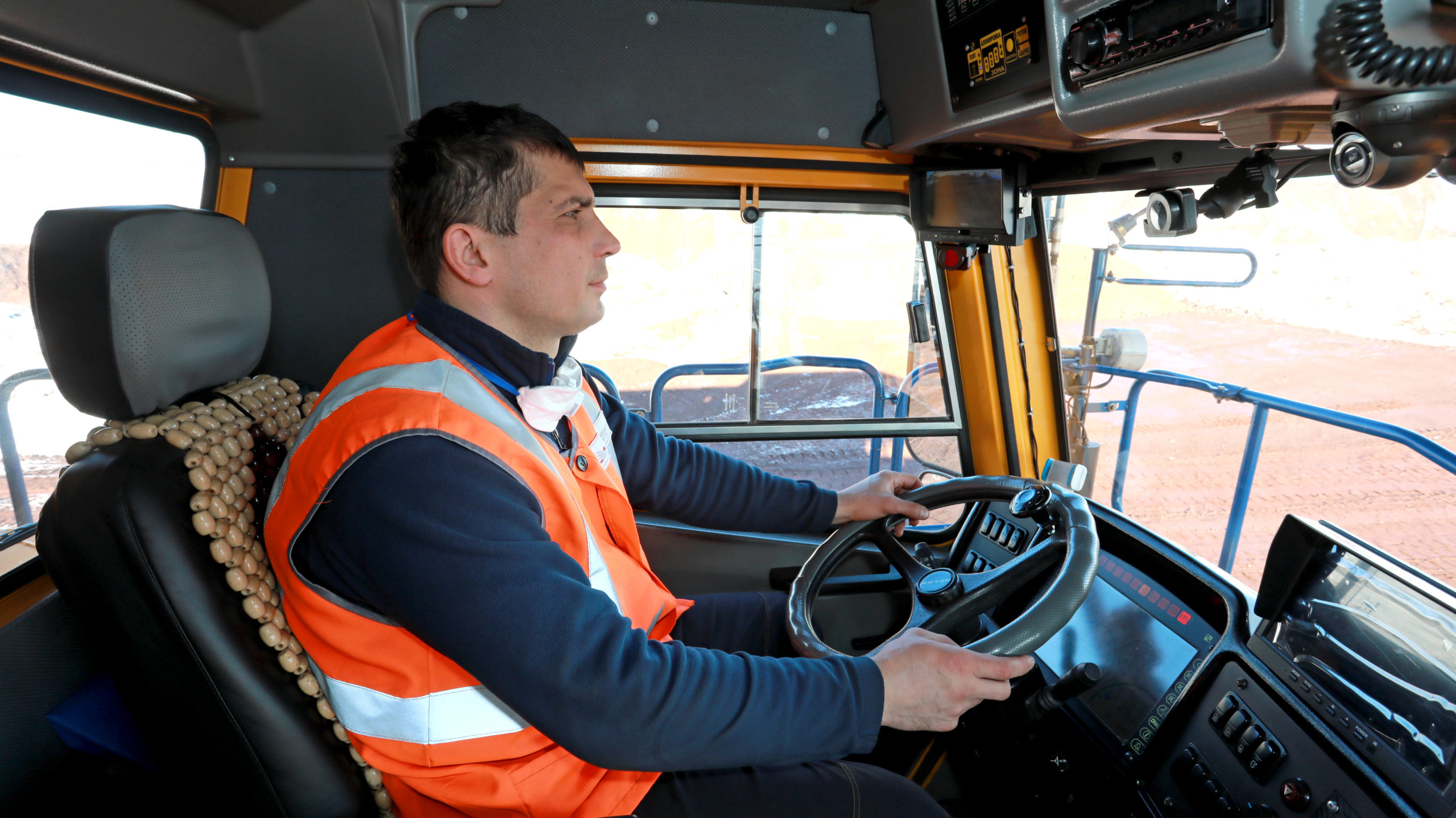
Pentingnya Manajemen Fatigue di Perusahaan Tambang dan Regulasi Kecukupan Jam Tidur

The Importance of Safety Equipment in the Workplace Workplace safety is a top priority for every company. Prioritizing worker safety not only helps reduce the risk of injury and accidents but also enhances productivity and job satisfaction. One way to achieve this is by providing adequate safety equipment. Safety equipment is designed to protect workers from various risks and hazards in the workplace. Here are some recommended safety equipment that companies should provide.
Personal Protective Equipment (PPE)
Safety Helmets: Safety helmets are one of the most important safety equipment, especially in environments where there is a risk of falling objects from heights. Safety helmets are designed to protect the head from injury caused by impacts, falling objects, or strikes from hard objects.
Safety Glasses: Safety glasses are used to protect the eyes from dust particles, debris, chemical splashes, and ultraviolet rays. They are essential for workers operating in dusty environments, chemical laboratories, or areas exposed to welding rays.
Gloves: Gloves protect hands from injuries caused by sharp objects, heat, chemicals, and other risks. There are various types of gloves designed for specific purposes, such as heat-resistant gloves, chemical gloves, and cut-resistant gloves.
Masks and Respirators: Masks and respirators protect the respiratory system from harmful particles, smoke, gases, and chemical vapors. N95 masks, surgical masks, and respirators with special filters are commonly used in certain industries.
Protective Footwear: Protective footwear is designed to safeguard feet from injuries caused by sharp, heavy objects, chemicals, and other risks. These shoes typically feature anti-slip soles and materials resistant to chemicals or heat.
Additional Safety Equipment
Hearing Protection: Hearing protection is used to protect hearing from loud noises that can cause permanent hearing damage. Earplugs and earmuffs are two types of hearing protection commonly used in high-noise industries.
Reflective Vests: Reflective vests are worn to increase worker visibility, especially in dark environments or areas with heavy vehicle traffic. These vests have reflective strips that reflect light, making workers easier to see.
Harnesses and Safety Ropes: Harnesses and safety ropes are used to protect workers working at heights. These tools prevent workers from falling and reduce the risk of serious injury. Harnesses and safety ropes must comply with applicable safety standards.
Fire Extinguishers: Fire extinguishers should be available in every workplace to address fire emergencies. Companies must ensure that fire extinguishers are easily accessible and that workers are trained in their use.
First Aid Kits: First aid kits are essential in every workplace. They should contain basic medical supplies such as bandages, plasters, antiseptics, medications, and other tools needed for first aid.
Implementing a Safety Management System
Workplace Safety Training: In addition to providing safety equipment, companies must also provide workplace safety training to all workers. This training covers the use of safety equipment, emergency procedures, hazard identification, and accident prevention measures. Workplace safety training helps increase worker awareness of the importance of safety at work.
Inspection and Maintenance of Equipment: Safety equipment must be inspected and maintained regularly to ensure that it is in good condition and ready for use. Routine inspections help identify any damage or wear that needs to be repaired or replaced. Proper maintenance also extends the lifespan of safety equipment.
Incident Reporting System: Companies should have an incident reporting system that allows workers to report accidents or hazardous incidents. This system helps identify the causes of incidents and take steps to prevent similar occurrences in the future.
Safety System Recommendation: SmartSafety
What is SmartSafety? SmartSafety is a fatigue management system designed to prevent workplace accidents caused by fatigue. Fatigue is a condition that is often overlooked but has a significant impact on workplace safety. Fatigue can reduce workers' concentration and response, increasing the risk of workplace accidents.
Advantages of SmartSafety SmartSafety offers several advantages that can help companies maintain workplace safety. The system uses IoT technology and wearables to monitor workers' conditions in real-time. Here are some key features of SmartSafety:
Sleep Monitoring: SmartSafety is equipped with devices that can monitor workers' sleep patterns. The collected data is used to analyze sleep adequacy and provide warnings if workers are experiencing fatigue.
Early Warning: The system provides early warnings to workers and management if signs of fatigue are detected. These warnings allow preventive actions to be taken before accidents occur.
Reporting and Analysis: SmartSafety provides reports and analysis that help companies evaluate workers' health conditions and the effectiveness of safety programs.
Integration with Other Systems: SmartSafety can be integrated with existing workplace safety management systems, making it easier for companies to manage overall workplace safety.
Benefits of Implementing SmartSafety Implementing SmartSafety can provide various benefits for companies and workers, including:
Improved Workplace Safety: By monitoring and preventing fatigue, the risk of workplace accidents can be significantly reduced.
Increased Productivity: Workers who are well-rested and not fatigued will work more efficiently and productively.
Improved Worker Health: Real-time monitoring of workers' health conditions helps maintain their well-being.
Cost Reduction: By reducing workplace accidents, companies can lower costs related to compensation and medical care.
Conclusion Workplace safety is a critical aspect that every company must pay attention to. By providing adequate safety equipment and implementing an effective safety management system, companies can protect workers from various risks and hazards at work. One of the best solutions that can be implemented is SmartSafety, a fatigue management system that uses IoT technology and wearables to monitor workers' conditions in real-time. With SmartSafety, companies can prevent workplace accidents caused by fatigue and improve worker safety and productivity.

Pentingnya Manajemen Fatigue di Perusahaan Tambang dan Regulasi Kecukupan Jam Tidur

Bahaya Kelelahan di Lingkungan Kerja: Faktor Penyebab dan Solusinya

Kecelakaan Kerja Akibat Fatigue: Pengertian, Penyebab, dan Solusi Pencegahannya

Fatigue Management System: Pengertian, Manfaat, dan Alat Pendukung


Pentingnya Manajemen Fatigue di Perusahaan Tambang dan Regulasi Kecukupan Jam Tidur

Bahaya Kelelahan di Lingkungan Kerja: Faktor Penyebab dan Solusinya

Kecelakaan Kerja Akibat Fatigue: Pengertian, Penyebab, dan Solusi Pencegahannya

Fatigue Management System: Pengertian, Manfaat, dan Alat Pendukung
